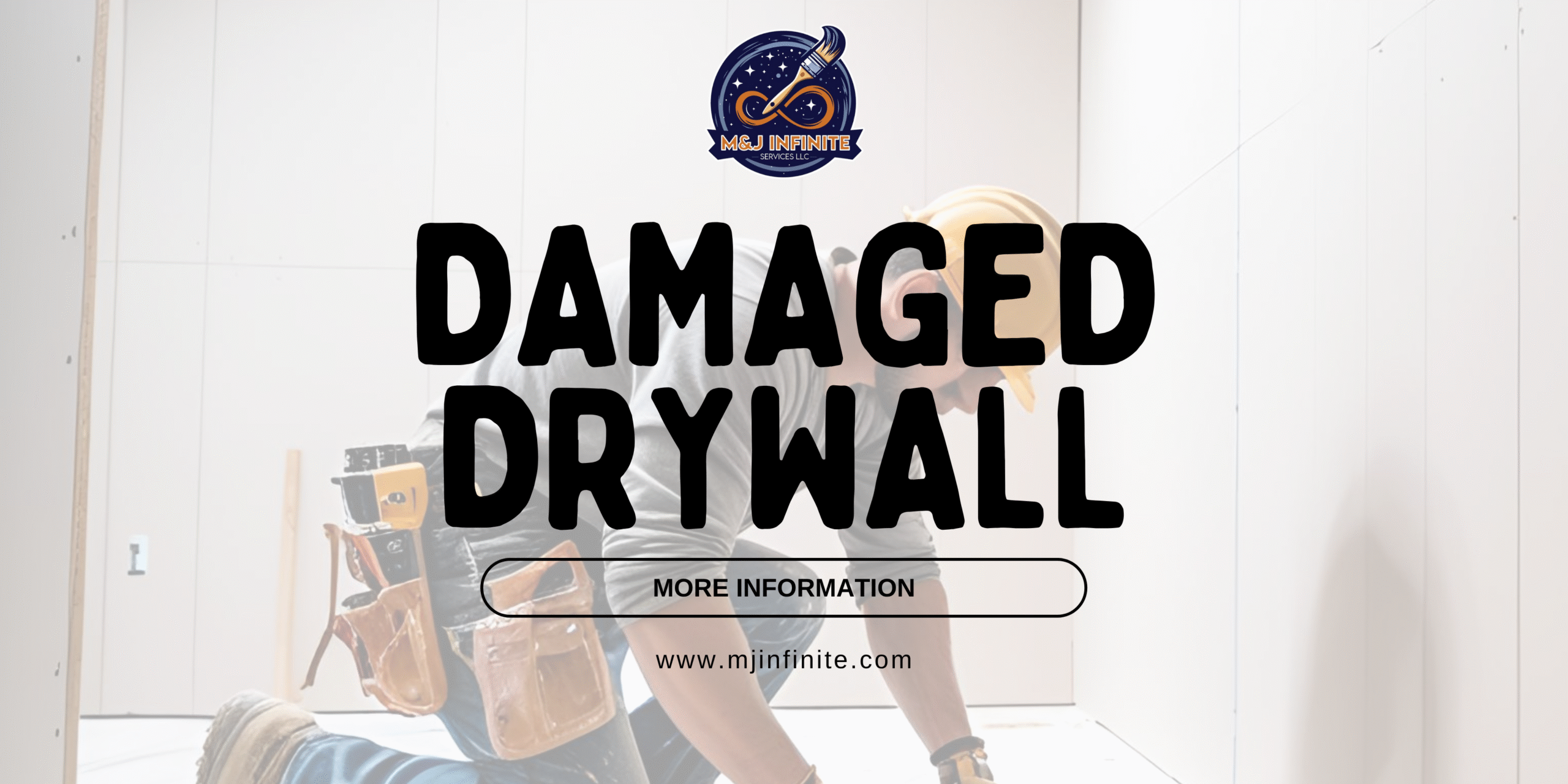Drywall damage is more common than most homeowners think. While some issues require a quick patch, others may need a full replacement. Understanding when to repair or replace drywall can save you time, money, and stress.
When You Can Simply Repair Drywall
>Small cracks or holes
Hairline cracks or nail holes can easily be patched with spackle and sanding.
>Minor dents or dings from furniture
If the drywall is structurally intact, these are purely cosmetic and easy to fix.
>Surface-level damage from humidity (without mold)
If there’s no mold or deep warping, you can usually patch the area.
When It’s Time to Replace Drywall
>Water damage or mold growth
Moldy drywall should always be replaced — it’s a health hazard.
>Large holes or crumbling sections
When the drywall feels soft or is missing large chunks, replacement is the safer long-term option.
>Structural changes or remodeling
If you’re opening up walls or rearranging spaces, installing new drywall is often necessary.
Common Mistakes Homeowners Make
>Trying to patch over mold
>Ignoring bubbling or sagging drywall
>Using the wrong repair materials
Not Sure What to Do? Get an Expert Opinion
Our team at M&J Infinite Services LLC can inspect the damage and give you a professional recommendation. If you’re in Bluffton, Hilton Head, or Charleston, contact us for a free estimate.



Leave a Reply